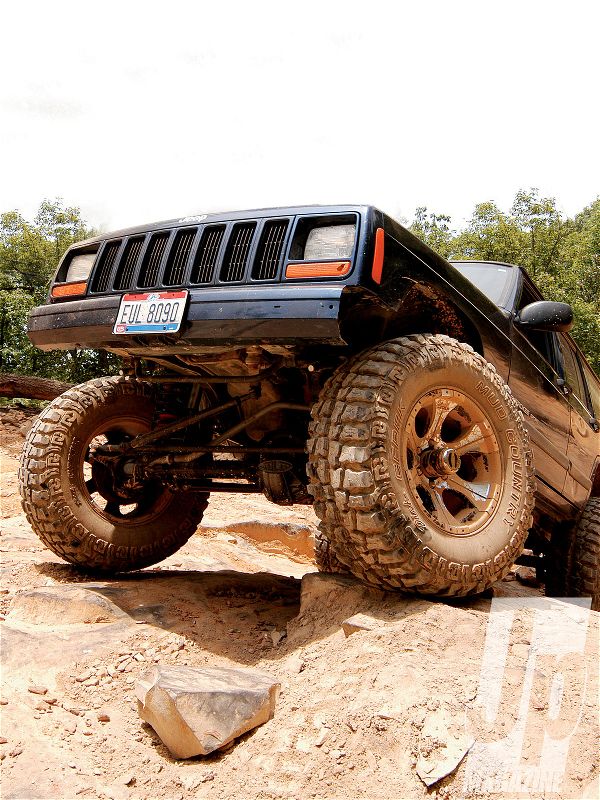
 Verne Simons
Senior Editor, Jp
Verne Simons
Senior Editor, Jp
Jeep Cherokees are without a doubt the unsung heroes of the Jeep brand. These vehicles are generally thought of as grocery getters, soccer-mom mobiles, and mall-cruising monsters. The fact of the matter is t hat these Jeeps offer a well-designed platform that can easily become a weekend trail slayer, and may be the best platform for a daily driver/wheeler out there. And while the old boxy XJ hasn't been built since 2001, there are still plenty of these Unitbody vehicles cruising our nation's highways. As a buyer, you can expect to find a nice XJ for half the price of a comparable TJ that has many of the same parts underneath. XJs also have more wheelbase, more doors, more seats, and more interior space.

Cherokees, built between 1984 and 2001, offer a mixed bag of parts ranging from the anemic 2.8L GM V-6, weak Dana 35 rear axle, and the boat-anchor Peugeot BA10/5 manual transmission, to the venerable 4.0L HO inline-six, the darn-near-bulletproof Aisin AW4 overdrive automatic transmission, the stout high-pinion post-'96 Dana 30 front axle with 297-sized U-joints, and the highly-desirable, yet somewhat-rare XJ Dana 44 rear axle (for more info on the best XJ model to start with check out "Cheap Cherokees", Jan. '09). If the XJ has any weaknesses, they would almost certainly revolve around the relatively small wheelwells, smallish stock tires, and low factory stance. Luckily there is a world of info and products available to correct these and other XJ shortcomings.
We wanted to assemble a relatively inexpensive, stable, and low-slung XJ with plenty of room for larger tires to keep even the most aggressive weekend wheelers happy both on- and off-road, so we picked up a 4 1/2-inch BDS XJ long-arm kit and went to work on the wheelwells with the cut-and-fold fender trim method. You'll need a few more tools, including an air saw, a hammer, pliers and some paint. Here's what we hacked and the frontend portion of our lift kit install. Next issue we'll finish out the suspension and trimming at the back end of our XJ and bolt up the 35-inch Dick Cepek tires and wheels.
PhotosView Slideshow

 PhotosView Slideshow
PhotosView Slideshow


 PhotosView Slideshow
PhotosView Slideshow


 PhotosView Slideshow
PhotosView Slideshow


